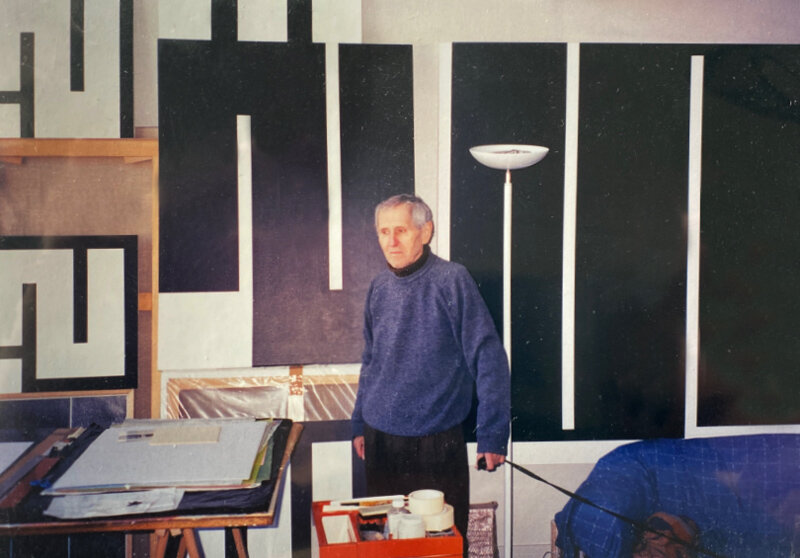130
130
1990
acrylic on linen 50¼ h × 39½ w in (128 × 100 cm)
acrylic on linen 50¼ h × 39½ w in (128 × 100 cm)
estimate: $70,000–90,000
follow artist
Sold with a certificate of authenticity issued by the artist's wife, Nada Knifer.
provenance: Acquired directly from the artist in 2002 by the present owner
This work will ship from Rago in Lambertville, New Jersey.



















